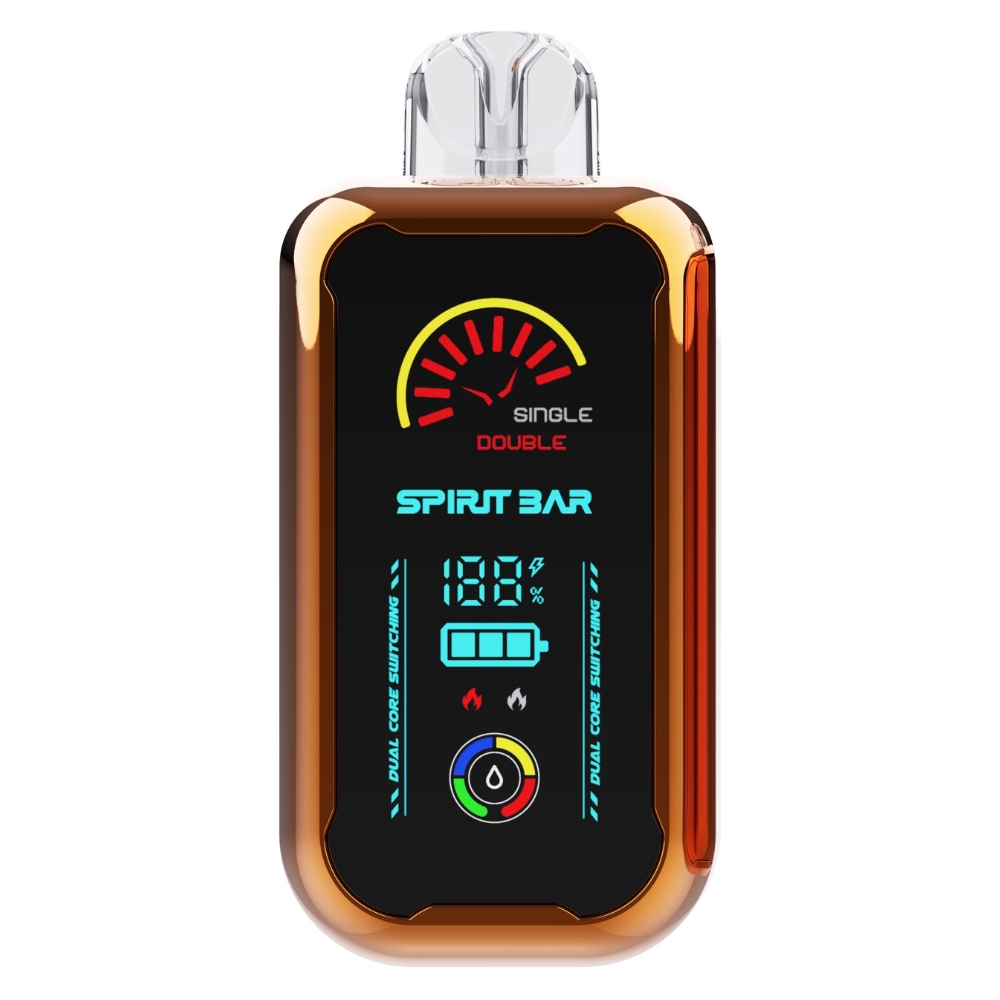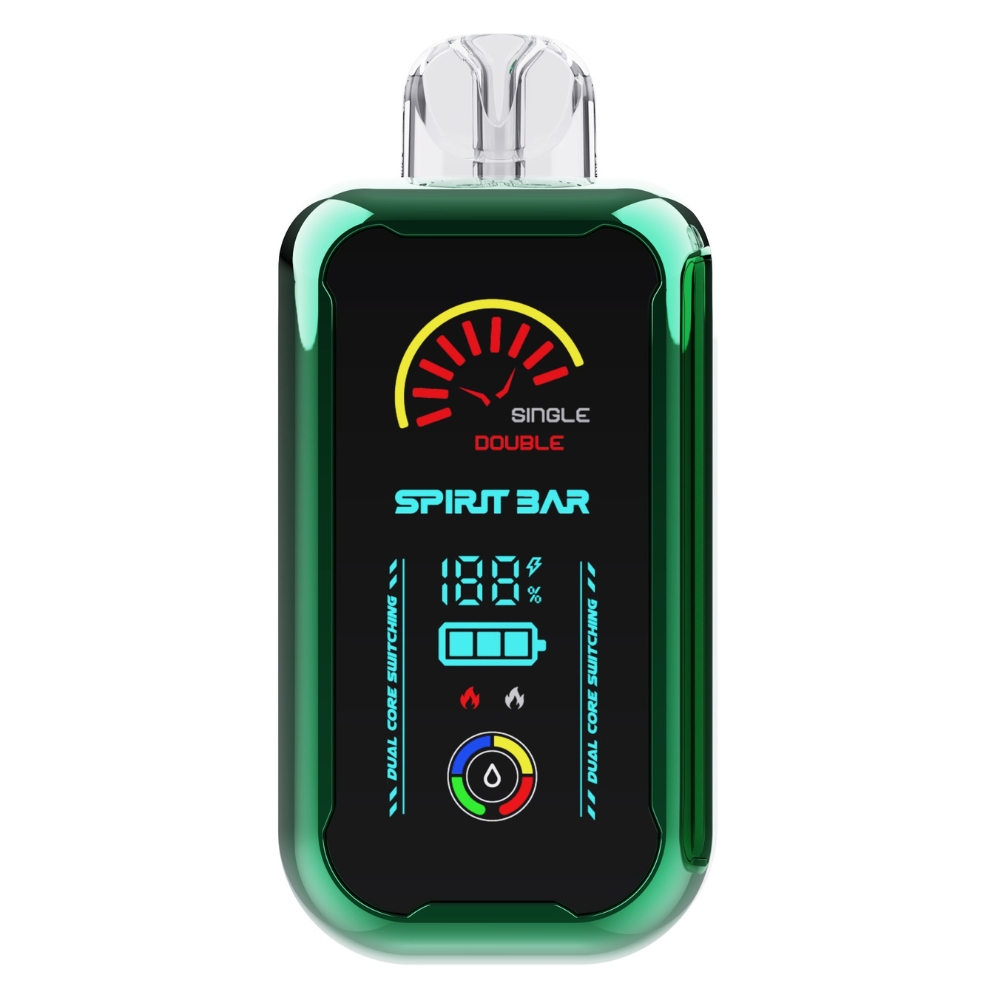Can I Put Vegetable Oil in a Vape? Exploring Safe and Unsafe Vaping Liquids
Are you wondering if you can put vegetable oil in a vape? While some people have tried it, it is not recommended. Vegetable oils such as soybean, sunflower, palm, olive, coconut, and corn are commonly used for cooking and adding flavor to foods. However, they are not suitable for vaping.
Vaping requires specific ingredients that are safe to be aerosolized and inhaled. E-juice, for example, is made from vegetable glycerin (VG), propylene glycol (PG), flavoring, and sometimes nicotine. These ingredients are carefully mixed together to form a liquid that is safe to vape. Using vegetable oil instead of e-juice can be harmful to your health and damage your vape pen.
Understanding Vapes
https://www.youtube.com/watch?v=zuRTysaQ4mE&embed=true
Vaping has become increasingly popular in recent years as an alternative to smoking. If you’re new to vaping, it’s important to understand what a vape is and how it works.
What is a Vape?
A vape, also known as an electronic cigarette or e-cigarette, is a device that vaporizes a liquid solution (often called e-juice or vape juice) that is then inhaled. The liquid solution is typically made up of a combination of propylene glycol, vegetable glycerin, flavorings, and sometimes nicotine.
Components of a Vape
There are a few key components that make up a vape:
- Battery: The battery is what powers the vape and can be rechargeable or disposable.
- Tank: The tank holds the liquid solution and typically has a coil that heats up and vaporizes the liquid.
- Coil: The coil is a small heating element that heats up the liquid solution and turns it into vapor.
- Mouthpiece: The mouthpiece is where the vapor is inhaled.
It’s important to note that not all vapes are created equal. There are many different types of vapes, from small and discreet to large and powerful. It’s important to find the right vape for your needs and preferences.
Now that you have a basic understanding of what a vape is and how it works, let’s explore whether or not it’s safe to put vegetable oil in a vape.
Vegetable Oil Basics
If you’re considering using vegetable oil in your vape, it’s important to understand the basics of this type of oil. Here are a few things you should know:
Composition of Vegetable Oil
Vegetable oil is made from a variety of plant sources, including soybeans, corn, canola, and sunflower seeds. It is typically a blend of different types of oils and is often used for cooking and baking. Vegetable oil is high in unsaturated fats, which can be beneficial for heart health. However, it is also high in calories and should be used in moderation.
Viscosity of Vegetable Oil
One of the main concerns with using vegetable oil in a vape is its viscosity. Vegetable oil is much thicker than the e-juice typically used in vapes, which can cause problems with the device. The thicker oil may not vaporize properly and could clog the coils or the atomizer. Additionally, the thicker oil may not wick properly, which could lead to dry hits or burnt taste.
Overall, using vegetable oil in a vape is not recommended. While it may be tempting to try to save money by using a common household item, the risks to your health and your device are not worth it. Stick to using e-juice that is specifically designed for vaping to ensure the best possible experience.
Health Risks
https://www.youtube.com/watch?v=ZsbnQvH9O8I&embed=true
Vaping is a popular alternative to smoking, but it is not entirely safe. While vegetable oil may seem like a harmless alternative to vape juice, it can pose serious health risks. In this section, we will explore the health risks associated with ingesting and inhaling vegetable oil.
Ingesting Vegetable Oil
Ingesting vegetable oil can lead to a range of health problems, including digestive issues, weight gain, and heart disease. Vegetable oil is high in calories and fat, and consuming too much of it can lead to weight gain and obesity. Additionally, vegetable oil is often used in processed foods, which can contribute to heart disease and other health problems.
When it comes to vaping, ingesting vegetable oil is not the intended use. Ingesting vegetable oil can cause serious health problems, including lipid pneumonia, a rare but serious condition that occurs when lipids enter the lungs. This can cause inflammation and scarring in the lungs, leading to breathing difficulties and other health problems.
Inhaling Vegetable Oil
Inhaling vegetable oil can also pose serious health risks. When vegetable oil is heated, it can break down into harmful compounds, including acrolein and formaldehyde. These compounds can irritate the lungs and cause respiratory problems, including bronchitis and asthma.
Additionally, inhaling vegetable oil can lead to lipid pneumonia, as the oil can coat the lungs and prevent them from functioning properly. This can cause breathing difficulties, chest pain, and other serious health problems.
In summary, while vegetable oil may seem like a harmless alternative to vape juice, it can pose serious health risks. Ingesting or inhaling vegetable oil can lead to a range of health problems, including lipid pneumonia, respiratory problems, and heart disease. It is important to stick to safe and approved vape juice to avoid these health risks.
Vape Functionality
When it comes to vaping, it’s important to understand the functionality of the device. Vaping devices work by heating up a liquid, known as e-juice, which is then turned into vapor and inhaled. The vapor is then exhaled, creating a cloud of smoke-like substance.
Most vaping devices use a heating element, known as a coil, to heat up the e-juice. The coil is typically made of a metal wire, such as kanthal or stainless steel, and is wrapped around a wicking material, such as cotton. When power is applied to the coil, it heats up and vaporizes the e-juice that is absorbed by the wicking material.
It’s important to note that not all liquids can be used in a vaping device. Vegetable oil, for example, is not recommended as it can cause damage to the device and potentially harm the user.
When selecting a liquid to use in your vaping device, it’s important to choose one that is specifically designed for vaping. These liquids are typically made with a combination of propylene glycol (PG) and vegetable glycerin (VG), which are both safe for inhalation.
In addition to PG and VG, e-juice may also contain flavorings and nicotine. It’s important to choose a flavor and nicotine level that suits your personal preferences and needs.
Overall, understanding the functionality of your vaping device and selecting the appropriate liquid is key to a safe and enjoyable vaping experience.
Alternatives to Vegetable Oil in Vapes
If you are considering using vegetable oil in your vape, it is important to know that it is not a safe option. Fortunately, there are many alternatives that you can use instead. Here are some options:
Propylene Glycol (PG)
Propylene Glycol is a common ingredient in vape juice. It is a synthetic liquid that is used to create a smooth and consistent vapor. PG is safe for inhalation, and it is commonly used in pharmaceuticals, cosmetics, and food products. It is a great alternative to vegetable oil because it is specifically designed for vaping.
Vegetable Glycerin (VG)
Vegetable Glycerin is another common ingredient in vape juice. It is a natural liquid that is derived from vegetable oils. VG is thicker and produces more vapor than PG, making it a popular choice for cloud chasers. It is also safe for inhalation and is commonly used in food products.
MCT Oil
MCT Oil is a type of oil that is derived from coconut oil. It is a popular alternative to vegetable oil because it is thin and easy to vaporize. MCT Oil is also commonly used in food products and is safe for inhalation. However, it is important to note that MCT Oil can cause respiratory irritation in some people, so it is important to use it in moderation.
Essential Oils
Essential oils are natural oils that are extracted from plants. They are often used in aromatherapy and can be added to vape juice to create a unique flavor. However, it is important to note that not all essential oils are safe for inhalation, so it is important to do your research before using them in your vape.
Overall, there are many alternatives to vegetable oil that you can use in your vape. It is important to choose a safe and specifically designed liquid for vaping to ensure that you are not putting your health at risk.


